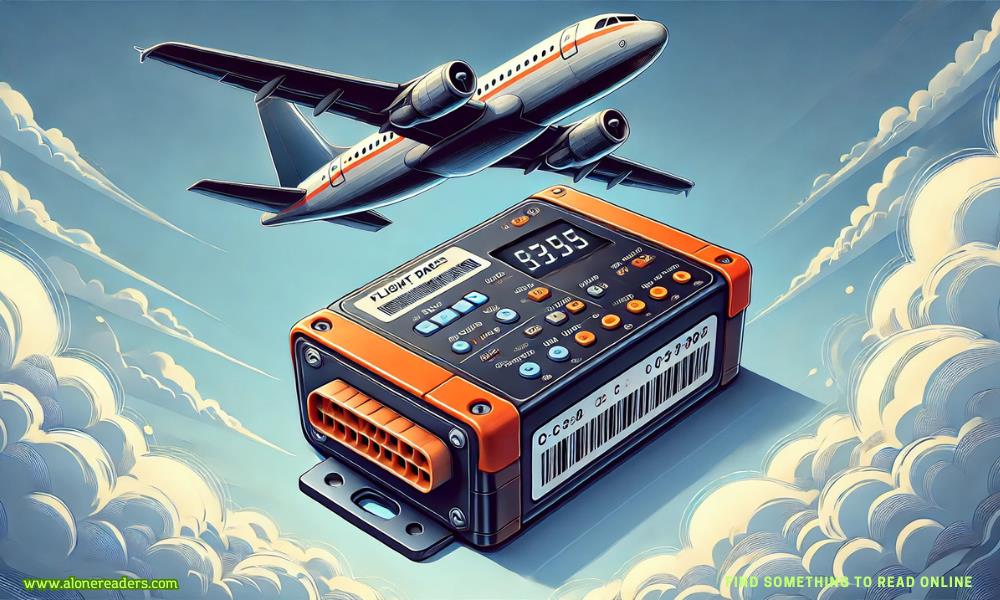
A black box, despite its name, is not actually black but is instead a bright orange device that plays a vital role in aviation safety. Installed on virtually all commercial and many private airplanes, the black box is a crucial piece of equipment that records flight information. Its primary purpose is to provide investigators with essential data in the event of an accident, helping them determine what went wrong and how to prevent future occurrences. The term "black box" is more of a colloquial phrase, while the official name for this device is a flight data recorder (FDR), often paired with a cockpit voice recorder (CVR).
The black box records numerous data points, including altitude, airspeed, engine performance, and flight path. It also captures conversations, alarms, and other audio within the cockpit, offering a detailed account of the events leading up to an incident. These devices are built to be extraordinarily durable, designed to withstand extreme conditions such as intense heat, high-impact forces, and prolonged submersion underwater. Their durability ensures that critical flight data is preserved even in catastrophic scenarios.
The bright orange color of the black box is not a design coincidence but a deliberate choice to aid in recovery efforts. In the aftermath of a crash, finding the black box is a top priority for investigators. The high-visibility orange coating helps search teams locate the device more easily in debris fields or underwater. Additionally, many black boxes are equipped with underwater locator beacons that emit signals, making it possible to find them even in the most challenging environments.
While the black box is a standard feature on modern aircraft, its origins date back to the mid-20th century. The concept was first introduced by Dr. David Warren, an Australian scientist who proposed using a recording device to capture flight data and cockpit conversations. His invention was initially met with skepticism but eventually gained acceptance as the aviation industry recognized its potential to enhance safety. Today, black boxes are mandatory on all commercial aircraft and have become an integral part of aviation accident investigations.
The data retrieved from a black box has been instrumental in solving numerous aviation mysteries. It provides investigators with a clear picture of what occurred during a flight, offering insights into pilot actions, technical malfunctions, and environmental factors. This information not only helps determine the cause of an accident but also leads to improvements in aircraft design, operational procedures, and pilot training. The ultimate goal is to learn from past incidents to prevent similar tragedies in the future.
Despite their critical role, black boxes are not without limitations. Retrieving the device can be challenging, especially when an aircraft crashes in remote or deep-sea locations. However, advancements in technology continue to address these challenges. Modern black boxes are increasingly equipped with features like real-time data streaming, which allows key flight information to be transmitted to ground stations. This capability could potentially eliminate the need to physically recover the device in some cases, speeding up investigations.
The aviation industry is also exploring the use of cloud-based systems and enhanced tracking technologies to complement the black box. These innovations aim to provide redundancy and ensure that flight data is always accessible, even if the physical recorder is lost or damaged. Such developments reflect the industry’s commitment to leveraging technology to improve safety and reliability.
The black box, with its unassuming yet essential role, symbolizes the aviation industry's relentless pursuit of safety. Its bright orange exterior serves as a beacon of hope and knowledge, ensuring that every flight's story is preserved, even in the face of adversity. This device continues to evolve, driven by advancements in technology and a deep understanding of its importance in safeguarding the lives of passengers and crew.